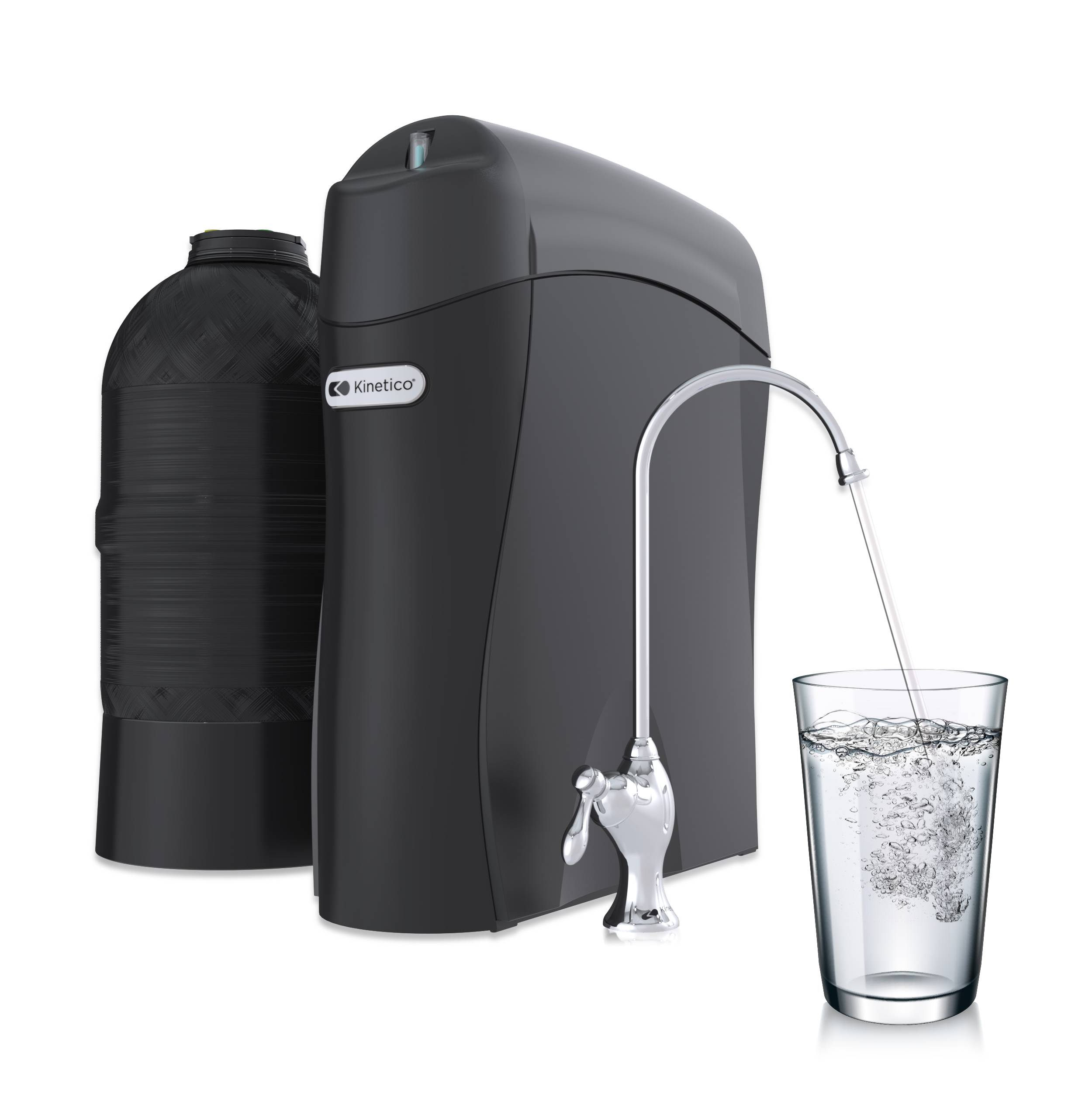Learning to SCUBA dive at an early age in the chilly Gulf of Maine gave me exciting views of an incredible hidden world. This led to other adventures exploring the salty world beneath the waves, researching whales, coral reefs and fisheries. On one of these occasions I spent about six months on a tall ship, where our drinking water was taken from the ocean and filtered by a specialized, high pressure, reverse osmosis (RO) membrane. The RO takes in sea water and rejects the salts, leaving fairly pure, fresh water. People can’t drink sea water directly because it puts the body’s natural balance of salts out of whack—there’s so much salt in sea water that it actually drives the water out of our bodies. Not so good when you’re thirsty. I’m reminded of a line from an old poem, the Rime of the Ancient Mariner, where a sailor and his boat were trapped far from land: “Water, water every where Nor any drop to drink.”
It’s incredible that the oceans hold over 97% of all the water on our planet. The remaining is fresh water, most of which is locked up in the polar ice caps and permanent ice on mountains; less than 1% of the Earth’s water is potentially available for drinking. If you filled a five gallon bucket and said that it represents all the water on our planet, nearly all of it would be too salty to drink. In fact, roughly ½ a cup from that whole bucket would represent all that we have in the ground, our lakes, rivers, and ponds. Consider that even less than that is easy to make safe for drinking—not so muddy, brackish or polluted that extra measures are needed. Unfortunately, there are many places where people can’t afford to treat the water and end up drinking it as-is, contaminants and all. The worse the water quality is, the harder we have to work to make our tiny existing fresh water supplies drinkable.
This means, for those who can afford treatment, we put in energy, equipment, disinfection chemicals, time and effort to make it potable. Is all that water in our oceans unavailable to us, like it was for the Ancient Mariner? Like on my ship, when it comes to salts, high pressure RO membranes are now used for many communities around the world (including here in the United States) to make drinkable water from the oceans. Another common way to do this is distillation. These are important technologies for areas with access to salty water but not enough fresh and as you may have guessed they do require significant energy inputs.
Another interesting technology, DewPoint Systems’ RainDome,uses naturally cool sea water to draw moisture from the air without electricity or moving parts. In coastal areas where the conditions are right, the fresh water it makes can be used for drinking and even to irrigate crops.Using the oceans to produce drinking water is not only possible, increasingly, it’s a reality for a thirsty world.
Want to learn more? Check out the following resources.
Desalination by Reverse Osmosis:



